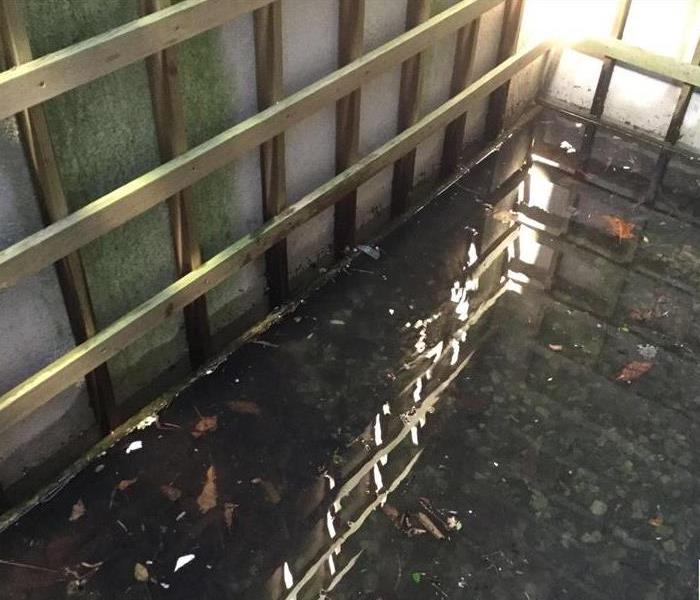Effective Ways to Prepare for and Minimalize Storm Damage
4/5/2018 (Permalink)
 SERVPRO of Upper Cape Cod and the Islands is a team of dedicated storm damage cleanup crew which ensure the best quality restoration and remediation.
SERVPRO of Upper Cape Cod and the Islands is a team of dedicated storm damage cleanup crew which ensure the best quality restoration and remediation.
Natural calamity is unpredictable and waits for none. It varies in nature and can arrive in form of strong winds or sometimes followed by a flood which further adds difficulties leading to a largescale disaster. Recently the storm effected many different towns on Cape Cod, Nantucket, and Martha’s Vineyard that left considerable damage to homes and businesses. The residents on the East Coast had their lives turned upside down when heavy rains, gusting winds, and snow pummeled States due to the winter storm Skylar which was the third Nor’easter in two weeks. In addition to this, Cyclone Bomb has brought floods and tidal surges into the region. According to reports, six people died when fierce winds brought trees crashing down on roads, homes and surrounding buildings.
These natural events are inevitable. One should always be prepared for the worst and utilize ways to minimize the damage. Due to storms, not only is the property damaged but if it gets flooded, it can also lead to mold growth on visible as well as hidden areas. In such a case, if water damage is left untreated, it can increase the problems you will have to face in that scenario.
Read ahead to know about some of the points that need to be considered in order to reduce the damage:
Reducing Storm Damages
- First of all, ensure that all drains and gutters are clear of debris to prevent blockages which can lead to more flooding in house if left as is. If the growth progresses, you will have to get professional mold remediation done to keep your house or office fit for health.
- If it is safe to carry out, check if your pipes and water tanks are insulated to prevent freezing. Secondly, ensure that the release point of overflow pipes is not obstructed. Ideally, you'll have a regular maintenance program in place to keep everything in order.
- Cut back trees and branches to minimize the risk of broken branches that may fall or are move by the strong storm winds.
- Secure loose fences so that these remain intact and grounded. The best option is to remove them completely to avoid any unseen problems for the duration of the storm(s).
- Check that all roof shingles, tiles and aerials are secure. It may be worth seeking professional advice, if needed, to make things better.
- Make sure all garden furniture, ladders, decorations, etc. are secured and locked away in the shed or inside the house to avoid dispersion from strong winds.
- As soon as you get official warnings about gale-force winds and floods from the concerned authorities, make sure your children, pet, family, loved ones and neighbors are safe. Ensure that they stay at home and wait it out. If the danger level is higher, evacuate as per official guidelines. Please do not try to repair damage during the storm.
- It is recommended to maintain a minimum temperature of 55 degrees in the home during severe weather, in particular, to protect pipes from freezing.
- Last but not the least, if you have home insurance, take a look to know what will be covered in the event of your property being damaged by storm.
Mold Remediation
Mold growth can arise as an aftermath of the storm. During the storm, the pipes, down-spouts or gutters may get blocked, freeze due to winter winds, or cause leakage from roofs and walls after heavy storm rains. Moisture and stagnancy, if left unattended, will trigger mold growth. It is better to inspect the house soon after the storm to assess the damage. If the affected area is large, call in professionals to do the job with specialized equipment and procedures.
For more information on storm damage, water cleanup and mold remediation, call us at (508) 888-5985.





 24/7 Emergency Service
24/7 Emergency Service